At one time, Microsoft simultaneously managed over 264000 Windows 10 devices globally
The company used Microsoft Digital to do it.
3 min. read
Published on
Read our disclosure page to find out how can you help Windows Report sustain the editorial team. Read more

In this world where the digital change of workplaces is not just talk but real, Microsoft Digital leads by changing how devices are managed for its workers. Picture a scene where dealing with over 250,000 Windows 10 gadgets becomes as easy as clouds moving across the sky.
According to the Redmond-based tech giant, Microsoft Digital is making this a reality by utilizing tools like Microsoft Intune, Azure Active Directory, and many other cloud-focused instruments. It’s not only about staying updated but also about leading the way in managing devices for the future.
Microsoft Digital is responsible for managing more than 264,000 Windows 10 devices that Microsoft employees around the world use daily. Historically, our management methods have been based primarily on the network and infrastructure on which these devices reside. The corporate network has been the functional foundation of Microsoft operations for more than 30 years. Our technical past was built on Active Directory Domain Services (AD DS) and the accompanying identity and access management principles that work well within a tightly controlled and regulated on-premises network. With this model, Microsoft Digital has been able to manage devices connected within a protected and insulated digital ecosystem.
Microsoft
The necessity of managing devices in a modern manner is very evident. Gone are the days when devices were attached to a company network, working within the boundaries of one specific and protected area.
Nowadays, cloud technology rules everything, while devices stay connected to the internet all the time; this requires management solutions that are as flexible and dynamic as the setting they exist within.
Microsoft Digital was aware of this change and started a process to adopt an internet-first, cloud-focused management style. This shows a big shift from the old ways based on local networks.
Moving to this current type of management was not an instant change. It needed a planned and step-by-step method, beginning with co-management using Intune and Configuration Manager and gradually moving towards a complete modern management model.
This approach ensured the shift happened smoothly without causing disruptions in device security or productivity among workers during the procedure. Crucial for this change were Intune and Azure AD, which gave us the required instruments to handle devices from anywhere and, at any moment, removed the necessity for a VPN link back to our corporate network.
The advancement story in modern device management displays Microsoft Digital’s dedication to progress and effectiveness. With the help of cloud potential, they have bettered the device experience for their workers while also establishing a fresh measure for how groups can handle their digital properties in a more interlinked world.
The future of managing devices has arrived, and Microsoft Digital is clearly at the forefront, showing what can be done when technology empowers individuals and changes businesses.
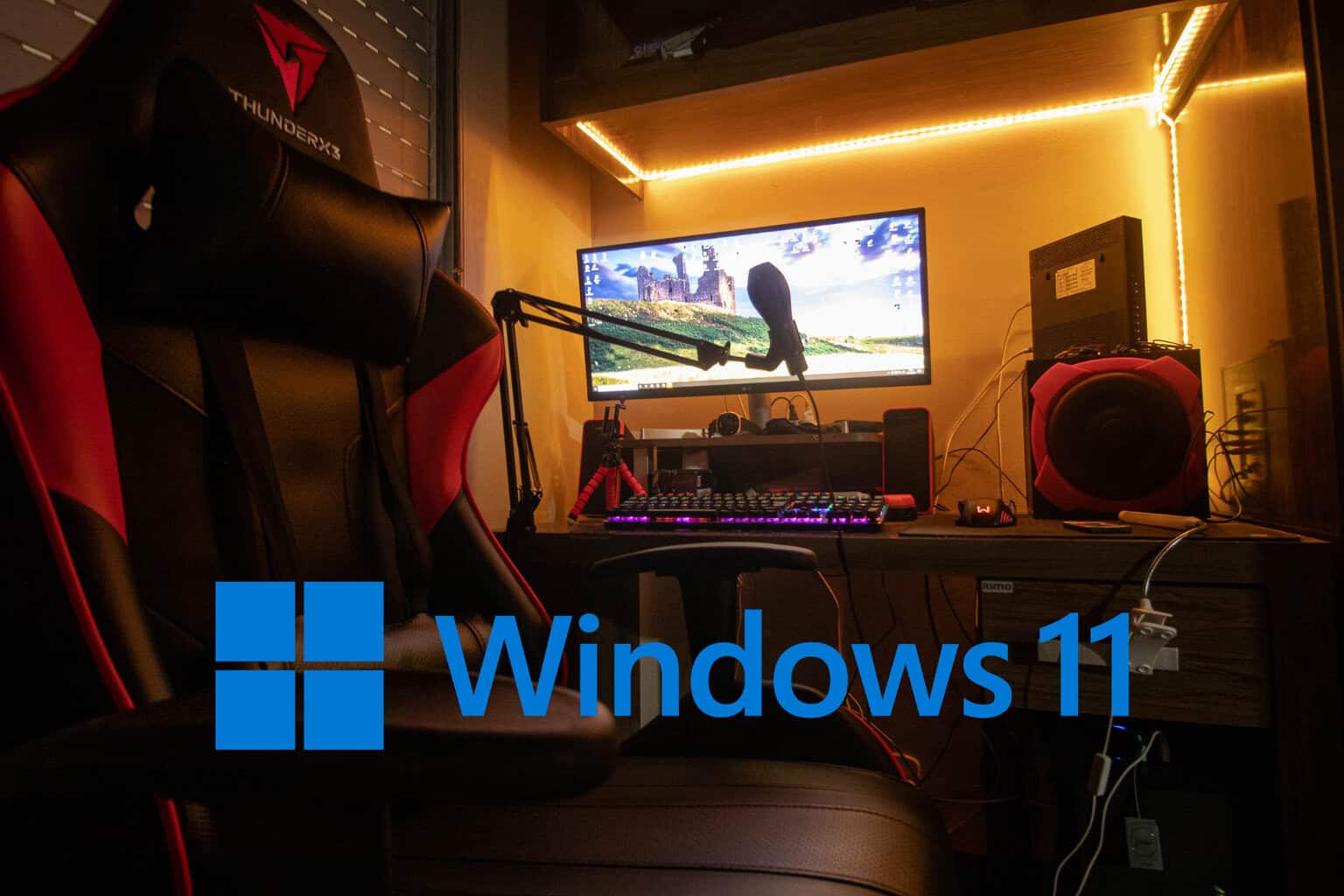
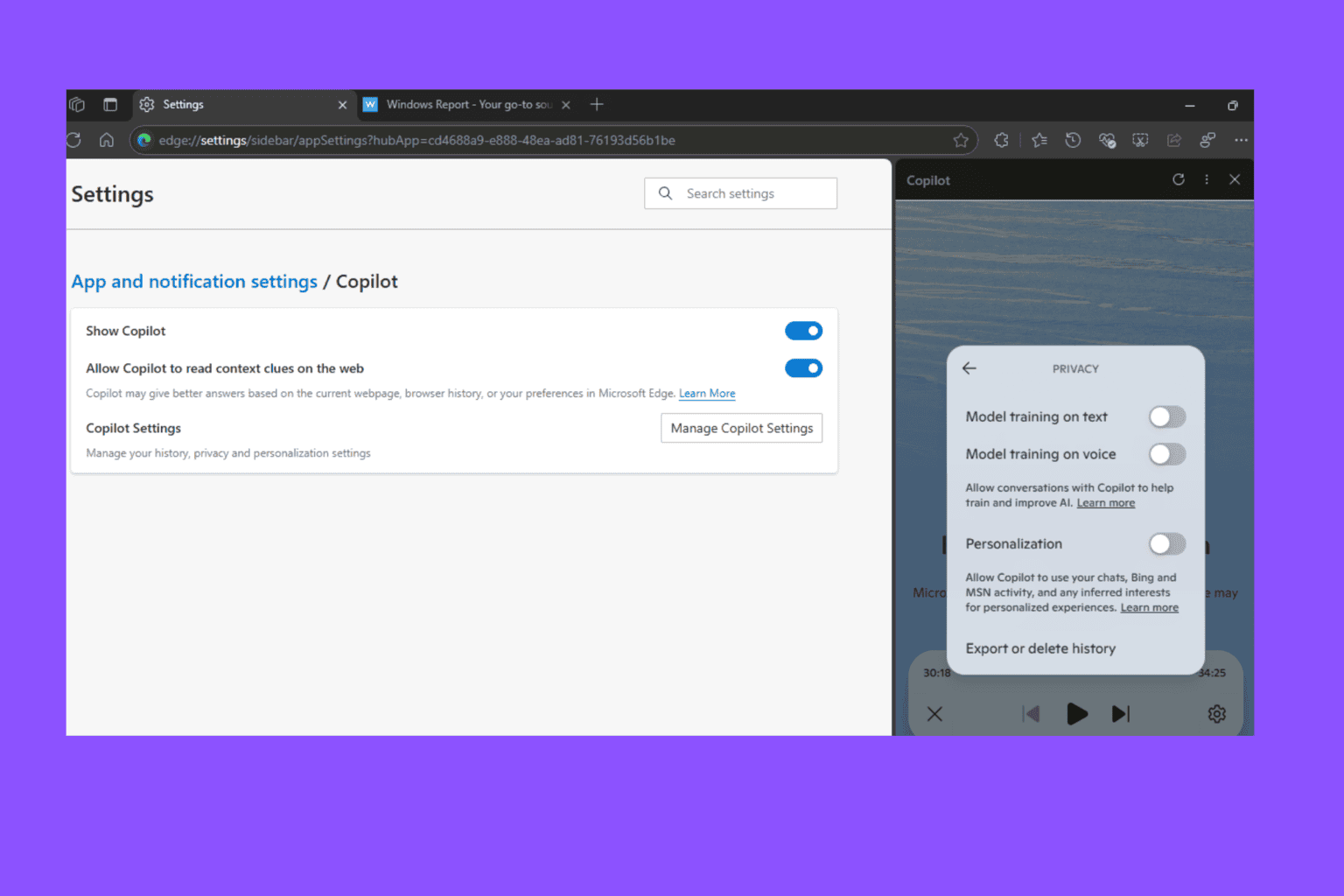


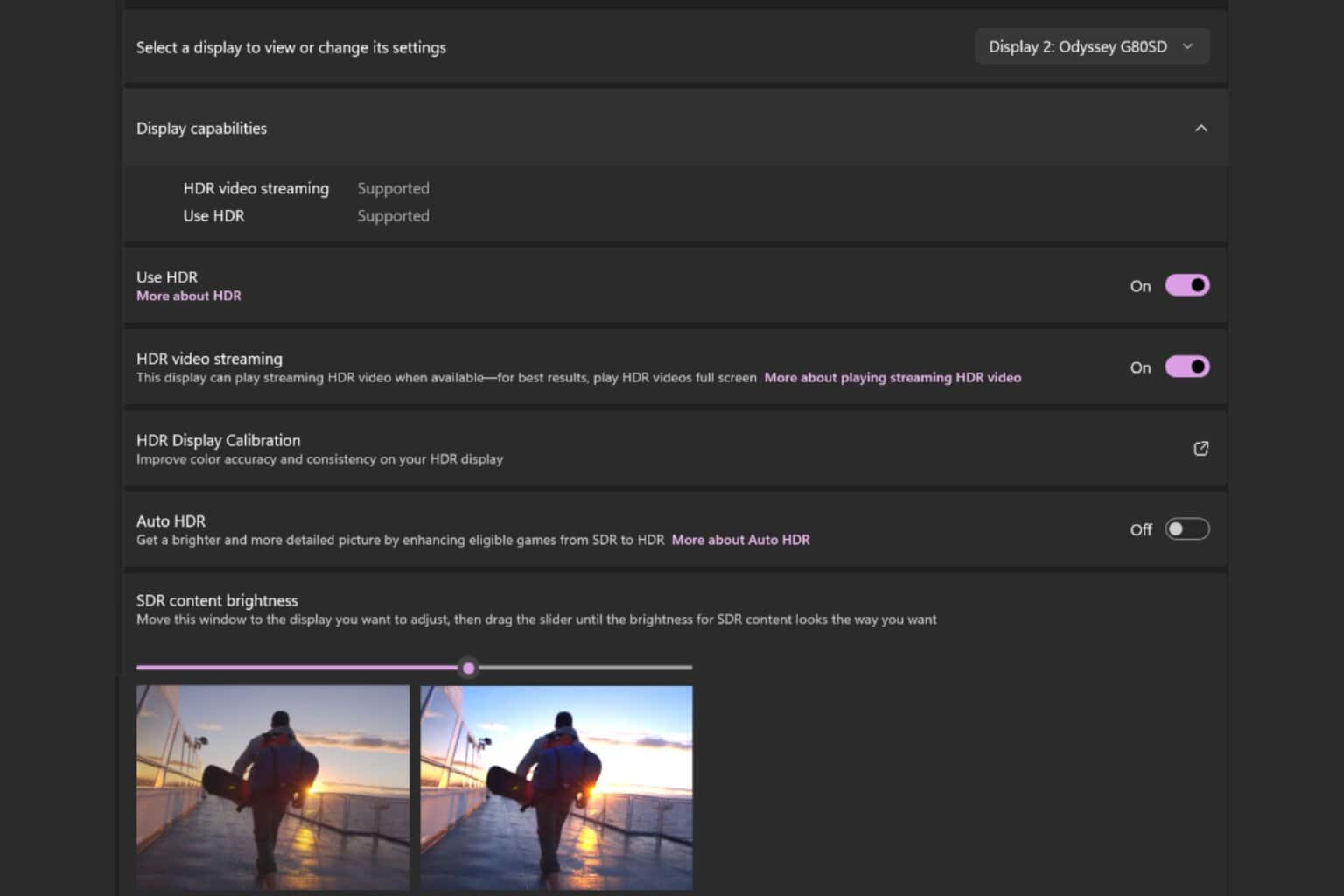
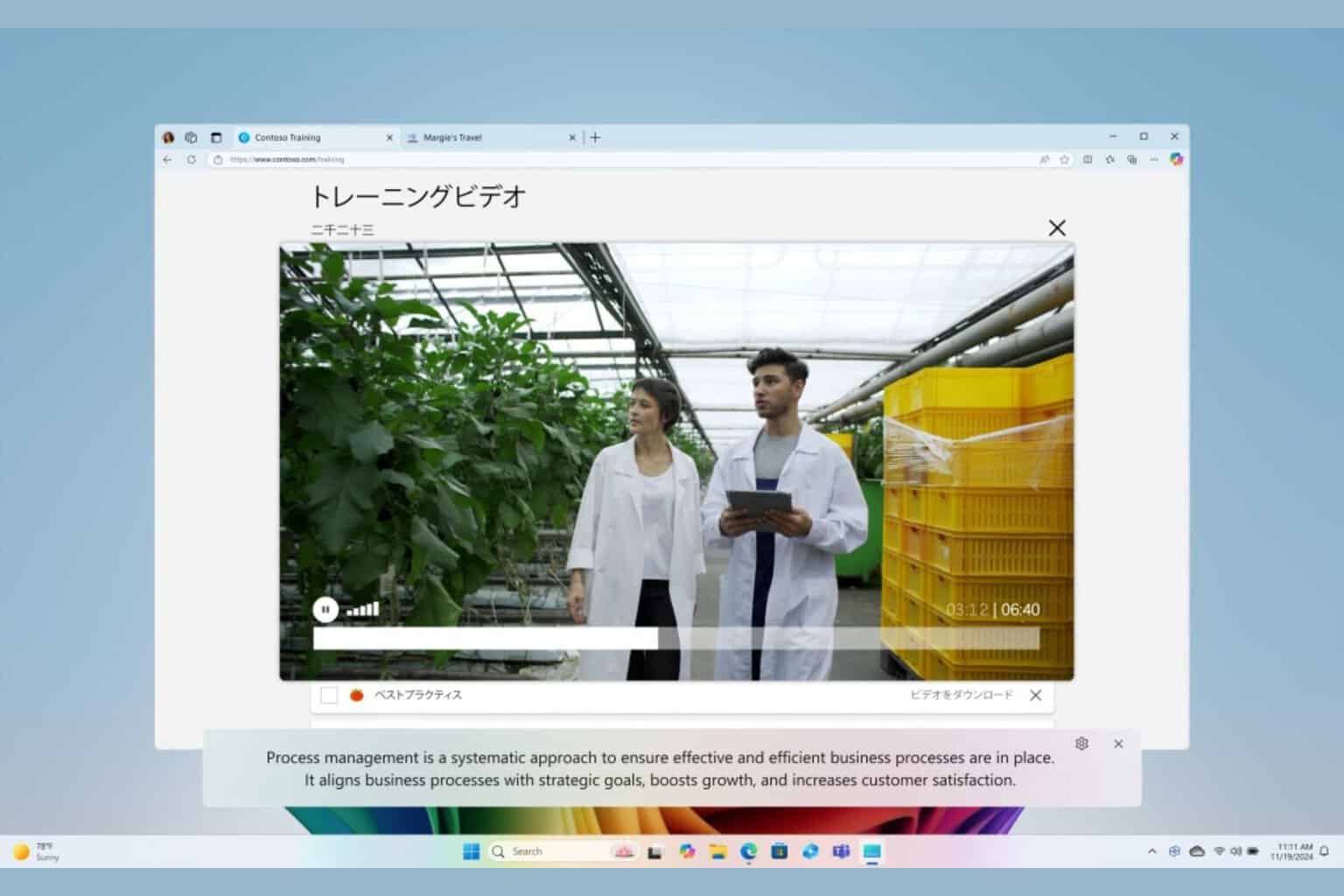
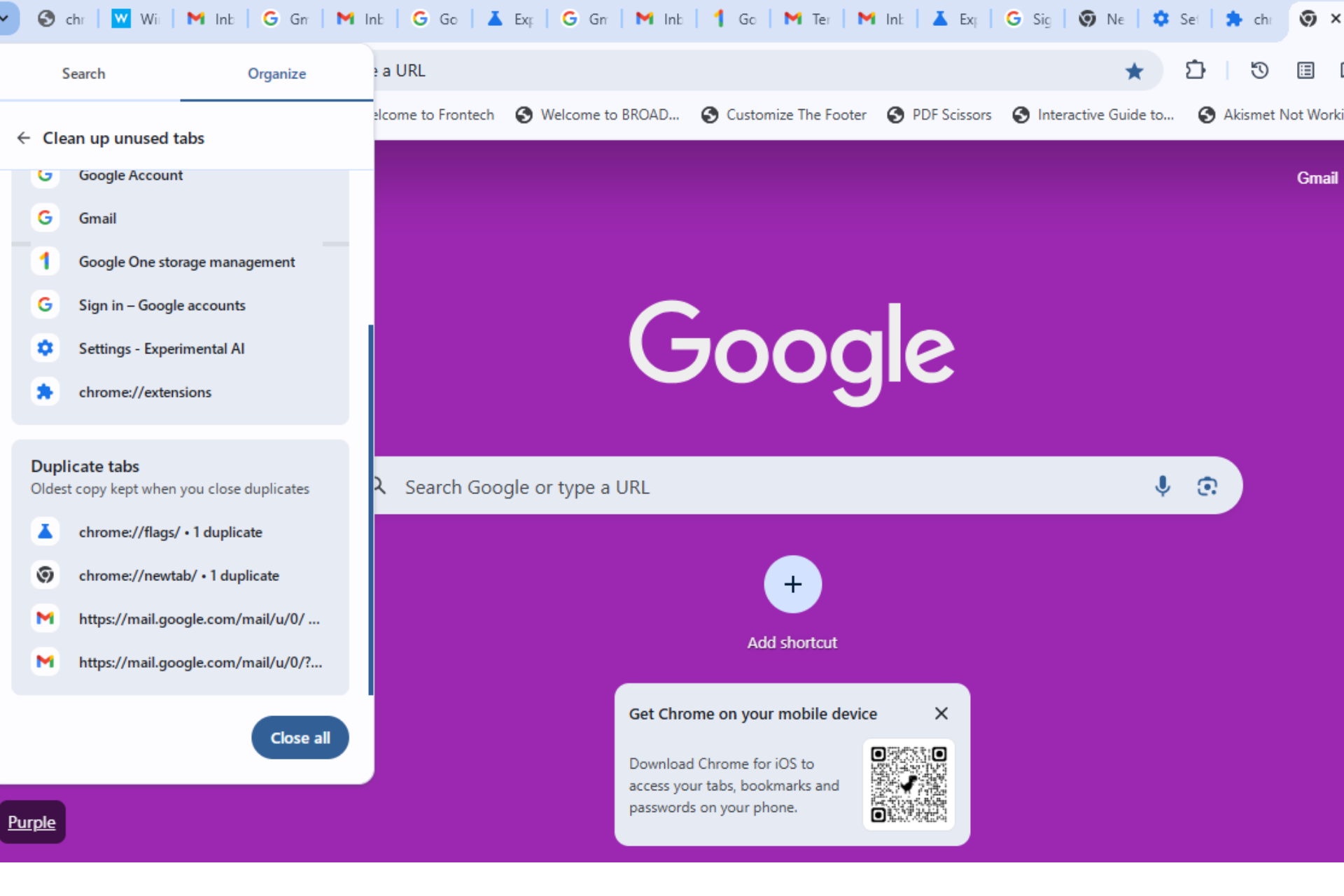
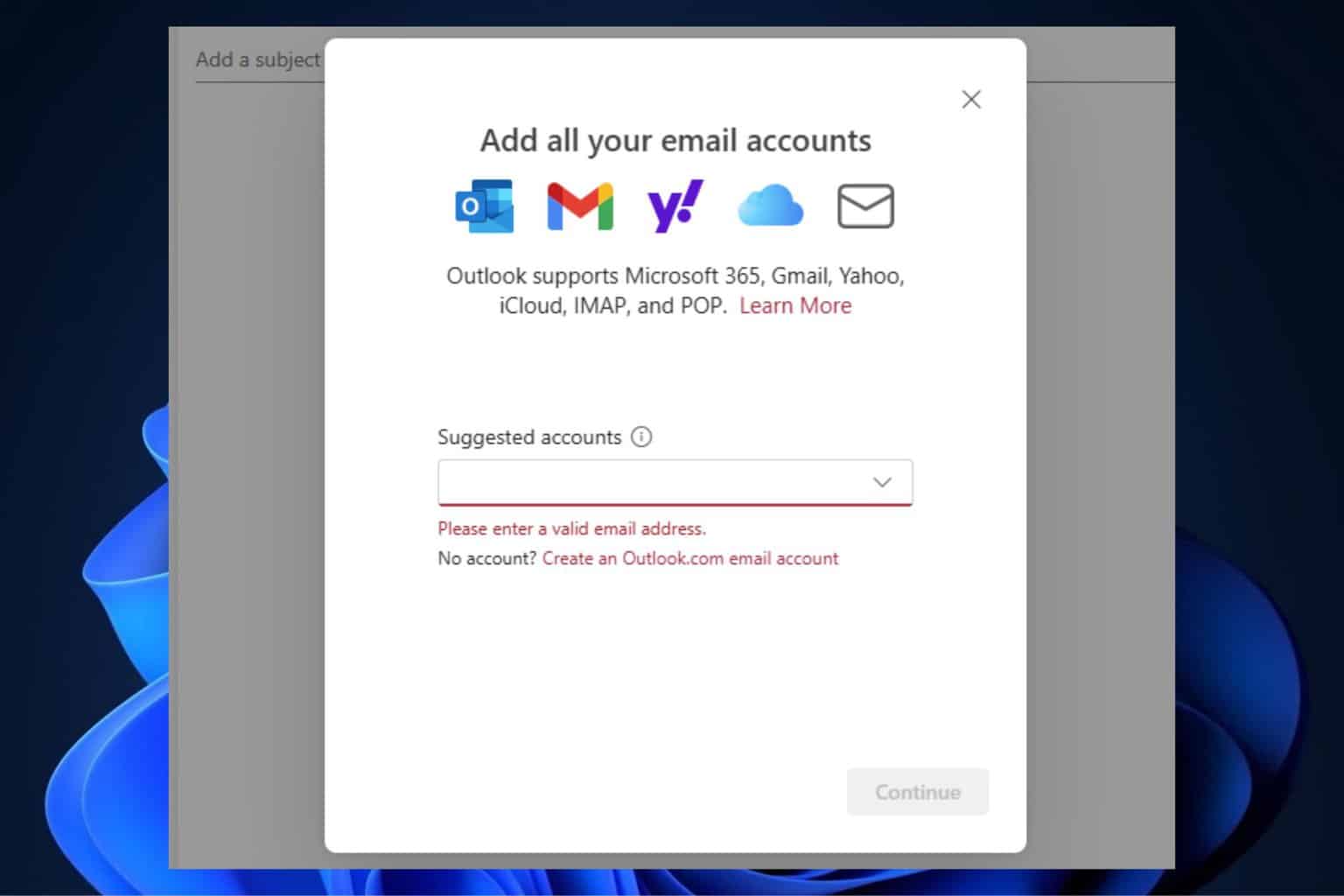
User forum
0 messages